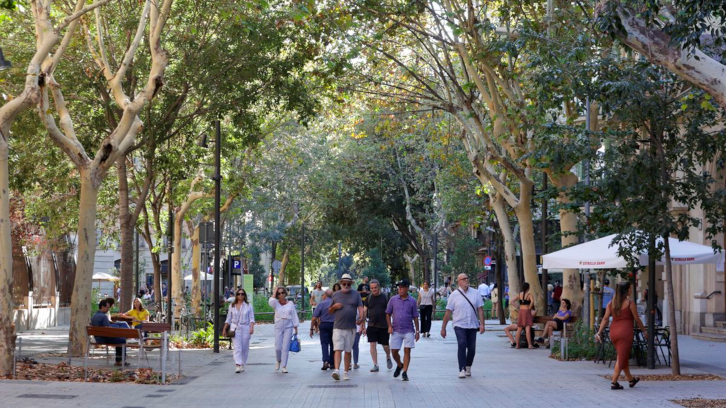Birth and Skeletal Imprints: New Insights from Microanatomy

Birth is one of the most decisive and fragile moments in human life, but identifying it is a challenge in the remains of very ancient individuals, especially when there are no teeth. Now, researchers from the UAB and the UAM have shown that the microstructure of the humerus, the arm bone, can offer very clear clues about the biological transitions between the foetal stage and the first months of life.
The study, published in the American Journal of Human Biology, is based on a detailed microanatomical analysis of nine individuals, from fetuses to infants a few months old, integrated into a larger sample of 106 children recovered from different archaeological sites across the Iberian Peninsula. Among them, there are exceptional cases of fetuses found in the burials of pregnant women, which allow their prenatal condition to be confirmed with certainty.
The results are revealing: the bones of preterm and newborn infants show very high mineralization, ranging from 60% to 80% of the cross-sectional area. This pattern reflects the normal process of skeletal mineralization before birth. Specifically, those individuals at full-term development and up to the first month of life exhibit the highest values.
After the first month, when the infant already depends on their own metabolic processes, this mineralization decreases and leaves a trace visible under the microscope. This allows, for the first time in the study of bone microstructure, the determination of whether an individual reached full-term and the distinction from the postnatal period, a particularly complex issue in bioarchaeology.
This work introduces a methodological novelty compared to traditional approaches. Dental analyses—such as the neonatal line—remain very useful when teeth are preserved, but bone microanatomy offers an essential complementary pathway, especially in contexts where dental material is not available.
Thanks to this approach, fragmentary or deteriorated remains can be studied, providing key information about perinatal and infant mortality, a fundamental indicator of the health and living conditions of past communities. The researchers emphasize the need for future studies using non-destructive imaging techniques to expand and consolidate this new approach.
Biological Anthropology Unit, Department of Animal Biology, Plant Biology and Ecology
Universitat Autònoma de Barcelona
Past Populations Laboratory, Department of Biology
Universidad Autónoma de Madrid
References
Molina Moreno, M., Doe, D. M., Candelas González, N., García Martínez, D., González Martín, A., & Cambra-Moo, O. (2025). Revealing developmental transitions in perinatal and infant individuals through microanatomical analysis. American Journal of Human Biology, 37(4), e70101. https://doi.org/10.1002/ajhb.70101


